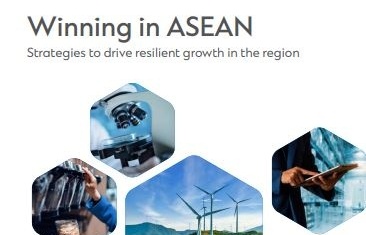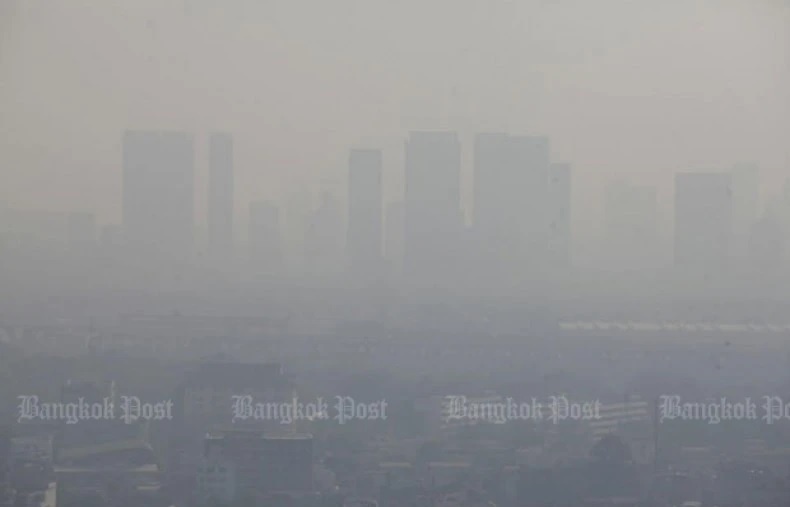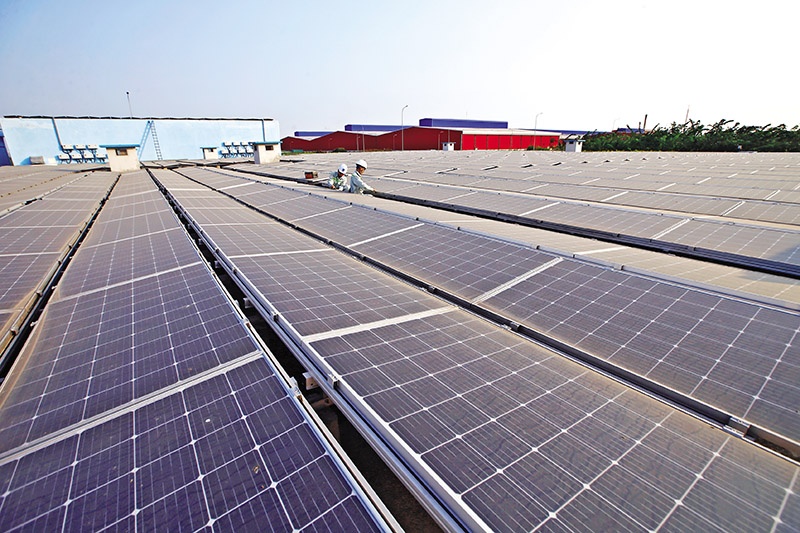Environment group warns of Arctic oil drilling risks
Walrus, seal, bowhead whale and polar bear habitats could be disrupted and entire remote communities wiped out if a toxic spill eliminates their means of subsistence living, said the report by the Pew Environment Group.
With big oil companies eager to expand offshore exploration in the Arctic, Pew issued the report to advise a major US environmental review and enhanced oversight of oil and gas companies to avoid another disaster like the BP spill in the Gulf of Mexico.
"I think there is a great deal of pressure right now to move forward with offshore drilling and I am hoping that our report and raising these questions will help guide toward a more precautionary approach in the Arctic," Marilyn Heiman, director of the US Arctic program at the Pew Trusts, told AFP.
Drillers are unprepared for near-hurricane force winds, 20-30 foot (six to nine-meter) seas, massive blocks of ice, total darkness for parts of the year and hundreds of miles between drilling sites in northern Alaska and major ports where supplies could be flown in case of trouble, the report said.
Skimmers that lift oil off the surface of the water will not work in the icy Arctic. Also unknown is how boats could navigate broken ice conditions to reach a spill site and if chemical dispersants that were widely used after the BP spill would work.
"Oil does not biodegrade nearly as quickly in cold waters," Heiman said. In the case of the Exxon Valdez spill, "it is still causing toxicity in some species after 20 years, and that includes otters."
The report urged the federal government to do major research on the Arctic marine environment before oil and gas exploration is allowed to go ahead, and said risk assessments and spill response strategies must be tailored to Arctic conditions.
"Current industry oil response plans are based on small-scale laboratory and field trials that have been extrapolated without large-scale verification," the report said.
Logistics could prove a major obstacle if a spill were to occur in deeper waters, with the port of Barrow in northern Alaska 725 miles (1,166 kilometers) by air from the capital Anchorage and 950 miles (1,528 kilometers) from the Coast Guard base in the southern port of Kodiak.
"If a catastrophic oil spill were to occur, days or weeks could pass before response personnel and assets could be mobilized and deployed," the Pew report said.
There are four current drilling operations off the Alaskan coast in the Beaufort Sea and two in the works, but those are near the coasts and drillers use manmade ice islands and roads to reach their rigs, Heiman explained.
The US government is considering opening the Chukchi Sea, a body of water off the coast of Alaska that is shared with Russia, to drilling but is reviewing leases awarded in 2008 after a lawsuit by indigenous people and green groups contended that the government does not have enough facts about how drilling will impact the environment.
Companies like Royal Dutch Shell want to begin drilling in the coming months, once winter ice begins to break up, and are submitting proposals to show they can meet tougher new government regulations.
"Shell has a long history in Alaska. We have drilled on the same sites where we are proposing to drill now in the 1980s and 1990s without fanfare and without incident," said Shell spokesman Curtis Smith.
"We are five years and $3.5 billion into this project. We feel like we have put together a very robust program," said Smith.
Shell's contingency plan includes an on-site fleet of ice-breakers, tankers and specialised ice and water containment equipment in case of a spill, he said.
US President Barack Obama imposed a moratorium on new deepwater drilling and exploration in the wake of the BP oil spill, which began in April and was not halted until July by which time 4.9 million barrels had gushed into the sea.
The moratorium was lifted in October, but the temporarily halt caused an uproar in the oil industry as workers were laid off and coastal economies in the US south suffered from the job losses in an already struggling economy.
The US Geological Survey said in 2008 that within the Arctic circle there are 90 billion barrels of oil and vast quantities of natural gas waiting to be tapped, most of it offshore.
What the stars mean:
★ Poor ★ ★ Promising ★★★ Good ★★★★ Very good ★★★★★ Exceptional
Related Contents
Latest News
More News
- Thailand develops herbal patch innovation for psoriasis treatment (December 23, 2024 | 11:50)
- Indonesia secures 7,4 bln USD new investments from China (December 23, 2024 | 11:43)
- Philippines imposes temporary import ban on live cattle from Japan (December 23, 2024 | 11:35)
- Malaysia approves national ESG strategic plan (December 19, 2024 | 16:37)
- E-visas available at all Thai embassies, consulates from January 1, 2025 (December 19, 2024 | 16:18)
- More than $2 billion boost to growth as UK joins CPTPP (December 16, 2024 | 17:25)
- Malaysia launches national AI office for policy, regulation (December 13, 2024 | 10:13)
- ADB approves 500 million USD loan for Philippines’s public financial management reform (December 13, 2024 | 10:00)
- Five tech predictions for 2025 and beyond (December 11, 2024 | 15:52)
- Singapore cracks down on illegal lending operations (November 26, 2024 | 09:25)




 Tag:
Tag:




















 Mobile Version
Mobile Version